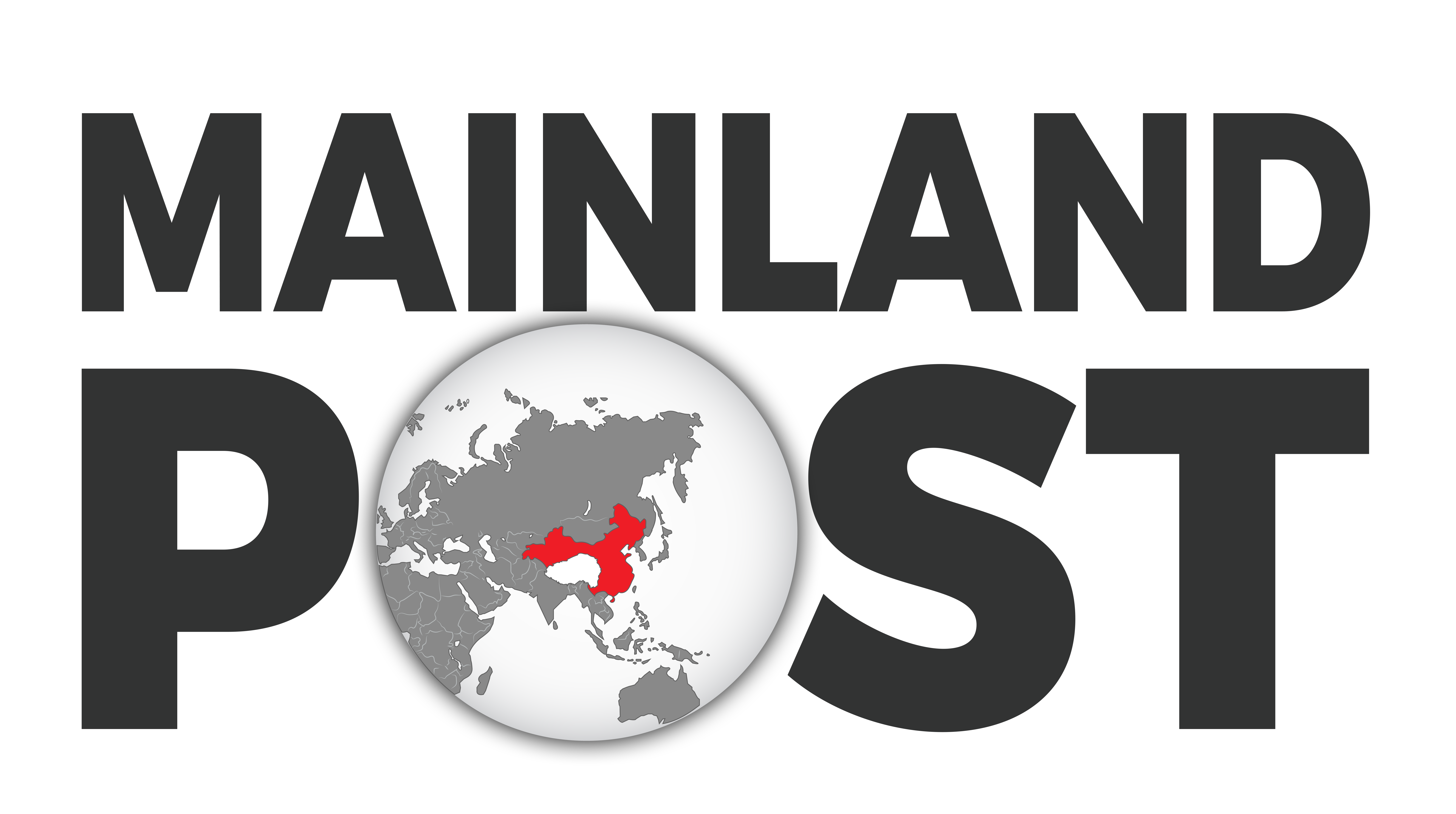February 5, 1997: The Day China Yet Again Showed Its True Colors
The city of Ghulja, East Turkestan (officially called Yining, Xinjiang by China), became a battleground on February 5, 1997. Thousands of peaceful Uyghur demonstrators took to the streets to demand justice, freedom, and an end to religious and cultural repression. The response? Brutal violence from Chinese security forces, mass arrests, and the cold-blooded killing of innocent people. Today, on its 28th anniversary, we remember the lives lost and the crimes the Chinese Communist Party (CCP) has tried to erase from history.
On that bitter winter morning, thousands of Uyghurs gathered in the streets of Ghulja, chanting for freedom and equal rights. The Chinese authorities had long been suffocating Uyghur culture—banning traditional meshrep gatherings and arresting religious leaders under fabricated charges of “separatism.”
The demonstration, sparked by the arbitrary detainment of Uyghur social activists, quickly grew into a movement. Protesters demanded an end to the brutal “Strike Hard” campaign, a state-sanctioned crackdown targeting Uyghur identity under the guise of combating “extremism.” They carried banners, raised their voices, and stood their ground.
By noon, the Chinese government had had enough. Paramilitary police were deployed in full force. The peaceful demonstration turned into a bloodbath.
Eyewitness accounts describe the sheer horror:
Chinese police fired live ammunition into the unarmed crowd.
Protesters were gunned down in the streets as they fled.
Tear gas and water cannons blasted through the crowds in the freezing winter air.
Bodies were piled into military trucks, some still alive, their fate sealed as they disappeared into detention centers.
A survivor recalls, “𝘛𝘩𝘦𝘺 𝘥𝘪𝘥𝘯’𝘵 𝘤𝘢𝘳𝘦 𝘸𝘩𝘰 𝘵𝘩𝘦𝘺 𝘴𝘩𝘰𝘵. 𝘐 𝘴𝘢𝘸 𝘤𝘩𝘪𝘭𝘥𝘳𝘦𝘯 𝘭𝘺𝘪𝘯𝘨 𝘪𝘯 𝘵𝘩𝘦 𝘴𝘯𝘰𝘸, 𝘣𝘭𝘦𝘦𝘥𝘪𝘯𝘨, 𝘵𝘩𝘦𝘪𝘳 𝘮𝘰𝘵𝘩𝘦𝘳𝘴 𝘴𝘤𝘳𝘦𝘢𝘮𝘪𝘯𝘨 𝘧𝘰𝘳 𝘩𝘦𝘭𝘱. 𝘉𝘶𝘵 𝘵𝘩𝘦 𝘱𝘰𝘭𝘪𝘤𝘦 𝘬𝘦𝘱𝘵 𝘴𝘩𝘰𝘰𝘵𝘪𝘯𝘨.”
Official Chinese reports downplay the violence, claiming only 10 deaths. But Uyghur exile groups and eyewitnesses tell a different story—over 100 killed, thousands arrested, and countless disappeared.
Torture, Executions, and Forced Confessions
For those captured, their suffering was only beginning. Thousands of Uyghur men, women, and even teenagers were rounded up and detained in overcrowded cells. Reports from former prisoners and human rights organizations describe the inhumane torture they endured.
Freezing water torture: Prisoners were doused in cold water and left outside in subzero temperatures, leading to frostbite and amputations.
Electrocution and beatings: Survivors recall being tied to chairs and electrocuted, while others were whipped with steel rods.
Public executions: Dozens were lined up in stadiums and shot in front of spectators to instill fear.
Forced confessions: Many were tortured until they “confessed” to crimes they did not commit. Their confessions were broadcast on state media as “proof” of Uyghur terrorism.
Among those executed or disappeared were community leaders, young activists, and innocent bystanders. Names of victims include:
Abduweli Rahman, a respected teacher, was beaten to death in custody.
Muhtar Yasin, a 19-year-old student, was shot in the head for “inciting unrest.”
Memet Tohti, arrested for attending the protest, was executed months later after a sham trial.
Zubeyir Ahmed, 15, disappeared the night of the massacre. His family never saw him again.
China’s Cover-Up and Continued Persecution
The Ghulja Massacre was just the beginning. The Chinese government, fearing international backlash, swept the atrocities under the rug. Thousands of Uyghur families were left searching for loved ones who were never seen again. Their crime? Daring to ask for dignity and freedom.
But the repression didn’t end in 1997. Survivors and their families became permanent targets of state surveillance. Since 2017, many of the individuals linked to the Ghulja protests—whether as demonstrators or as family members of victims—have been rounded up and sent to the vast network of concentration camps in Xinjiang.
Chinese authorities still refuse to acknowledge the massacre. Instead, they brand Uyghurs as “terrorists” and justify mass arrests, forced sterilizations, and cultural genocide under the guise of “stability.” The same government that slaughtered unarmed Uyghur men, women, and children in 1997 now imprisons over a million of them in modern-day gulags.
The Ghulja Massacre stands as a stark reminder of China’s merciless oppression against the Uyghur people. The names of the fallen will not fade into silence. Their blood cries out for justice. China may try to erase history, but we will never forget.




